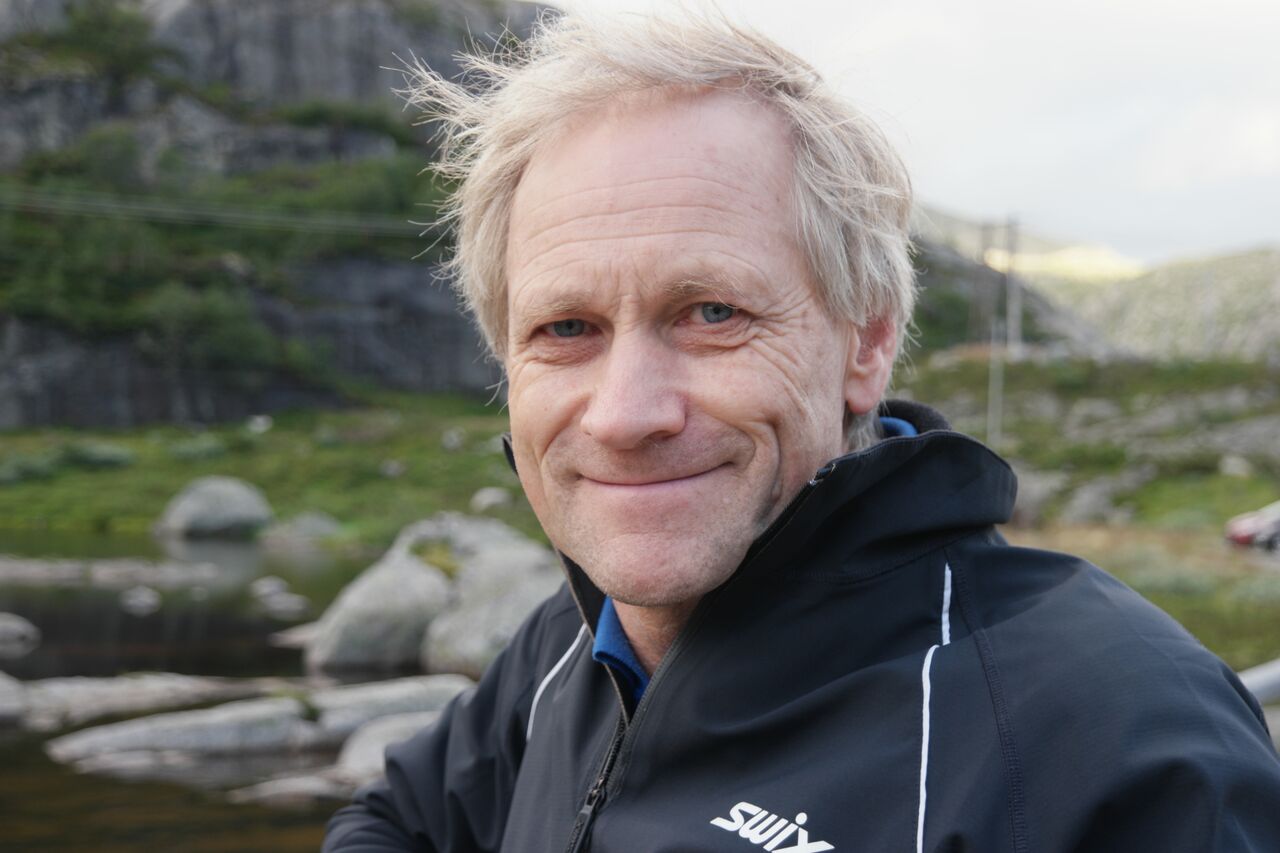
The anniversary of the first year of work on INTAROS was marked by the Annual General Assembly Meeting, held in January 2018 in Helsinki and hosted by the Finnish Meteorological Institute. It has been a busy year and plenty more is still to come from this exciting polar project. During the first year of the project, major effort has been devoted to establishing connections and collaborations with other Arctic projects, international programmes, networks and organisations working with Arctic observing systems.
To date, INTAROS has focussed on mapping the status of existing observing systems within the scientific domains covered by the project, which include atmosphere, ocean & seafloor, sea ice, marine ecosystems, glaciology, terrestrial systems, natural hazards, and community-based monitoring. The results will be used to assess the status of the present observing systems and identify the major knowledge gaps. A key question emerging from this process is how accessible the data from these systems are and to what extent the systems can deliver data to an integrated observing system. It is a major goal of INTAROS to improve access to existing and new data collected from various multidisciplinary stations and platforms.
Many field expeditions took place during the summer of 2017 and INTAROS partners have been engaged in the measurement of climate gas fluxes from terrestrial stations in Alaska and Siberia, soil carbon and snow assessment in Canada, collection of marine and glaciological data in Greenland, deployment of oceanographic moorings north of Svalbard, studies of marine ecosystems in Kongsfjorden (Svalbard), glider experiments in the Fram Strait between Greenland and Svalbard and deployment of snow mass balance buoys in the Central Arctic from the Chinese icebreaker Xue Long.
During the first year of the project several workshops were organised addressing community-based monitoring, user requirements from climate research, operational agencies, and other stakeholder groups. INTAROS also started collaborating with Sustaining Arctic Observation Networks (SAON) and related committees: the Arctic Data Committee (ADC) and Committee on Observation and Networks (CON). These committees have a Pan-Arctic dimension and are foreseen to play an important role to build up sustainability of the observing systems, which is a major goal of INTAROS.
So what lies ahead in 2018? In the coming months, INTAROS will also contribute to the Arctic Science Ministerial in Berlin (October 2018), with a focus on strengthening and integrating Arctic observations and data sharing. During 2018 INTAROS will continue efforts to pave the way for establishing long-term sustainable observing systems. This requires extensive involvement of a wide range of collaborators from research, education, industry, public agencies and local communities in the Arctic.
Field activities will be extended with more deployments and data collection in the summer of 2018. INTAROS will also contribute to the Year of Polar Prediction (YOPP) and Multidisciplinary drifting Observatory for the Study of Arctic Climate (MOSAIC) programmes with data from ice-tethered profilers and bottom-anchored moorings with oceanographic and acoustic instruments. MOSAIC will be a major year-round field experiment in the central Arctic from 2019-2020.
Many organisations contribute to the development of observing systems for atmospheric, terrestrial and marine sciences. INTAROS has 47 partners from 20 countries in Europe, North America and Asia. In the EU Arctic Cluster, where INTAROS is just one of 8 projects, there are more than 100 institutions engaged in Arctic research funded by EU. INTAROS will continue to contribute to these collaborations through 2018 and beyond.
Stay tuned to the INTAROS Newsletter and check out the website and social media (Facebook, Twitter) regularly for all the latest news from INTAROS and across the Arctic.
19 February 2018